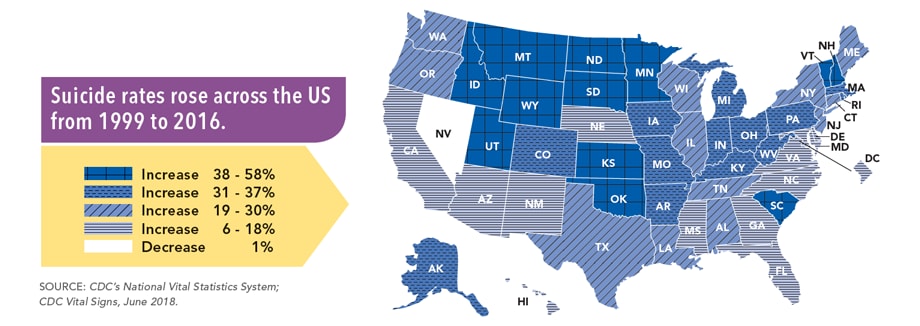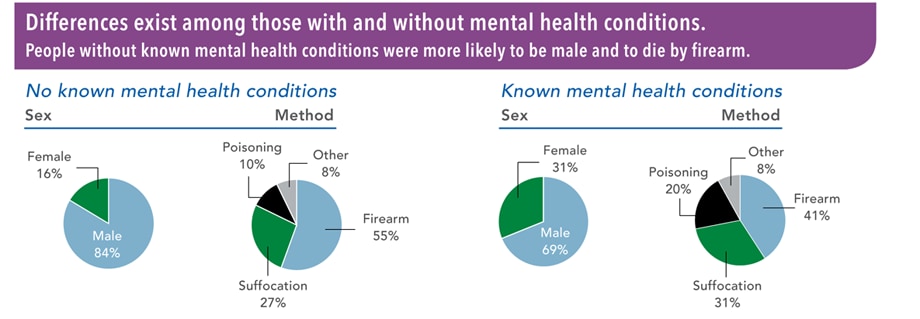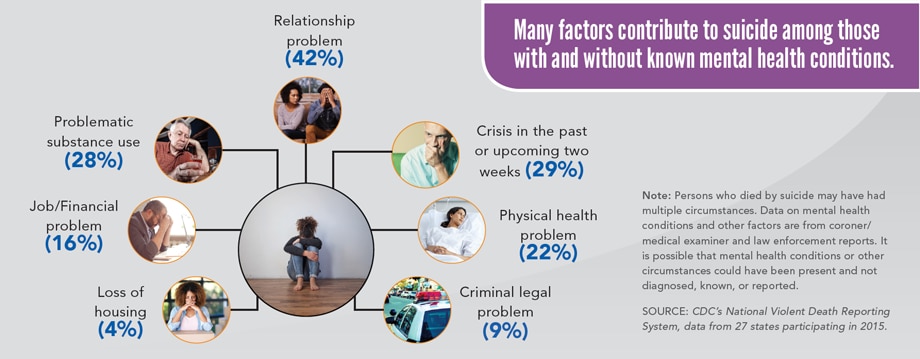My ‘Black Lives Matter’ Problem (Or… is it Your Problem?)
“Black Lives Matter” is wrong on crime, wrong on Israel, and wrong on education.
www.israel-commentary.org
By Jason D. Hill
Excerpted and redacted from the article in COMMENTARY, JUNE 2018
… I had lunch recently with a retired (uber liberal) professor who once taught at a university in New York and now teaches inside prisons.…
… Our conversation, had left my mind racing with thoughts about the moral hypocrisy of Black Lives Matter. I thought about two transgressive and unpardonable sins of the Black Lives Matter movement. The first has to do with its outrageous position on Israel; the second pertains to its immoral demands regarding the education of black Americans.
The leaders of Black Lives Matter have written a profoundly anti-Israel (and anti-American) manifesto in which they accuse Israel of “genocide” and “apartheid.” The manifesto endorses the “Boycott, Divestment, Sanctions” (BDS) movement and takes the view that the United States justifies and advances the global war on terror via its alliances with Israel. This, according to Black Lives Matter, makes the U.S. complicit in a supposedly genocidal massacre of the Palestinian people.
As a staunch defender of Israel on moral grounds, I categorically condemn the moral ineptitude of the Black Lives Matter movement on this point. If there is a victim in the Middle East, it is the beleaguered state of Israel.
The Jewish state is the only technologically advanced and democratic country in a region of illiberal, primitive, and human-rights-abusing nations that treat women worse than cattle and don’t know the meaning of religious reciprocity.
Since its founding, Israel has fought marauders in the likes of the Jordanians, the Egyptians, and the Syrians. These parties have invaded Israel, threatened her right to exist, and tried to eliminate her and Jewry itself from the region.
Israel’s enemies among the Palestinians have sought to do the same with the help of terrorist organizations such as Hezbollah, Hamas, and the Palestinian Authority. And the Palestinians have made an unprecedented demand in the history of warfare. Displaced by a war that their leaders started and lost, they claim a right to return to a territory they failed to conquer.
While Arab Israelis serve in the Knesset side by side with Israeli Jews, Palestinians have elected governments whose charters have called for the annihilation of Jews and whose leaders portray Jews as pigs, vermin, and an evil to be eradicated.
Israel is the only country I know of that grants citizenship and land rights to its avowed enemies. What’s more, Israel offered a Palestinian state to both Yassir Arafat and Mahmoud Abbas and was not only repeatedly turned down but repaid with the second intifada and the indiscriminate murder of Israeli citizens. Palestinian intransigence is forged in the conviction that no deal will be made so long as Jews—any Jews—occupy the land of Israel.
In 2005, Israel unilaterally handed over its territory in Gaza to the terrorist government Hamas and was, and still is, rewarded by a daily showering of rockets into Israeli land.
With its accusations against Israeli Jews, Black Lives Matter suggests that in their support of Israel, such Jews are complicit in the unproven crimes of genocide and apartheid. We must remember that even amid the daily onslaughts of war and terror that Palestinians inflict on Jews, the Israelis, in a spirit of almost irrational altruism, take great pains to limit civilian casualties and to ensure that those caught in a war they did not personally initiate are spared as much harm as possible.
Black Lives Matter is not only being unjust toward Israel; its anti-Israel stance betrays Jews in America, to whom blacks in this country are enormously indebted. If there are any unsung heroes of the civil-rights movement, it is those Jews who played an enormous but largely unacknowledged role in the liberation of blacks from racial oppression.
American Jews undertook monumental efforts to found and fund some of the most important civil-rights organizations in the U.S. These include the National Association for the Advancement of Colored People (NAACP), the Southern Christian Leadership Conference (SCLC), and the Student Nonviolent Coordinating Committee (SNCC). In 1909, Henry Moscowitz joined W.E.B. Du Bois and other civil-rights leaders to create the NAACP. The vice chairman of the Union of American Hebrew Congregations (now the Union for Reform Judaism), Kivie Kaplan, served as the national president of the NAACP from 1966 to 1975. Arnie Aronson worked with A. Philip Randolph and Roy Wilkins to found the Leadership Conference.
From 1910 to 1940, there were more than 2,000 primary and secondary schools and 20 black colleges (including Howard, Dillard, and Fisk Universities) established in whole or in part by contributions from Jewish philanthropist Julius Rosenwald.
At the height of enrollment at the so-called Rosenwald schools, nearly 40 percent of Southern blacks were educated at one of these institutions.
During the civil-rights movement, Jewish activists represented a disproportionate number of whites involved in the struggle for black emancipation. Jews made up half of the young people who participated in the Mississippi Freedom Summer in 1964. Leaders of the Jewish Reform Movement were arrested with the Reverend Dr. Martin Luther King Jr. in St. Augustine, Florida, in 1964, after mounting a challenge to racial segregation in public accommodations.
The Civil Rights Act of 1964 and the Voting Rights Act of 1965 were drafted in the conference room of the Religious Action Center (RAC) of Reform Judaism, under the aegis of the Leadership Conference, which for decades was in the RAC’s building.
The hard, cold, and unsentimental fact of the matter is that without Jewish financial backing and moral contributions, there may never have been a civil-rights movement.
There is another morally irresponsible claim made by the Black Lives Matter movement—a claim that should offend any self-respecting black American citizen. I refer to the movement’s demand that the United States provide free college education to blacks.
On what grounds is this organization making such a demand? Why free college education for blacks but not for poor whites or for Latino, Asian, or Native-American college students? What special sociopolitical conditions exist for blacks that do not hold for other ethnic or racial groups such that blacks deserve to be exempt from paying college tuition?
Could it be that the spokespersons for the movement are failing here to recognize another cultural pathology blacks face? I have in mind the problem of single-parent families—in which 70 percent of African-American children now live. This is a financially untenable situation for a massive swath of black America. And it is certainly an issue over which blacks have control.
…The cardinal sin of asking for anything for free in this life is that you abnegate your responsibility not just for maintaining your existence but, more important, for achieving your humanity.
The demand for a free education, along with the demand for race-based reparations by Black Lives Matter and others, is symptomatic of another problem in race relations. There are those on the left who see self-reliance, initiative, and a commitment to one’s own life as, at best, hopelessly naive.
Such people see grit, honor, hard work, and self-reliance as “white” ideals that are being imposed on others. Those traits reinforce whiteness, in their minds, and there is a gnawing resentment of those blacks who wish to appropriate such virtues for themselves. They cease being black in the minds of some on the far left.
Such ideas assume a malevolence about the American polis that is untenable and empirically false. No doors are closed forever to anyone in this great country of ours. If your ethos and character disposition are set for achievement, if your will is wedded to a resilience and tenacity, and you rid yourself of the idea that you are entitled to the financial earnings of other people, you will find a way to make it here.
On the other hand, the kind of dependency that Black Lives Matter promotes lays the groundwork for personal failure. (And their followers proudly embrace that perpetual personal failure, aiding and abetting their own self-destruction) jsk
This essay is adapted from Jason D. Hill’s forthcoming book We Have Overcome: An Immigrant’s Letter to the American People, which will be published by Bombardier Books in July and is available for pre-publication sale on Amazon.







